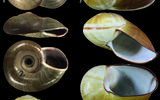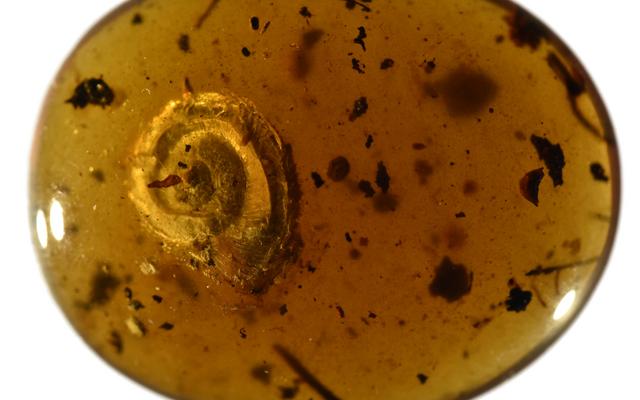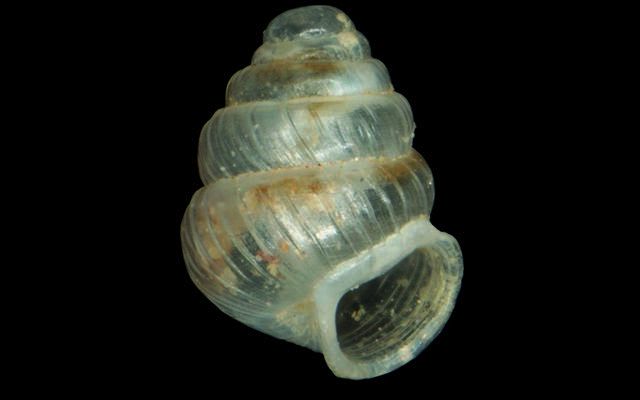‘Identifying a species is a unique skill, as we learn at school and through our own experience in the field,’ says Eike Neubert, the former curator for malacology (the field of science which studies molluscs) at the Natural History Museum of Bern. For many people, it is easy to tell an Indian elephant from an African elephant. In the animal kingdom, however, many species are difficult to identify, requiring a more complex process through which to distinguish them. This is why research assigns a ‘type’ to every species to make this process easier. The type sets out the basic characteristics from which a specific animal can be identified. ‘A type is an extremely valuable collector’s item. In a best-case scenario, new discoveries are compared with the type prior to being declared “new”,’ says Neubert. ‘The Natural History Museum of Bern has in its possession around 200 primary types of mollusc. By comparison, the British Museum in London has something like 80,000.’
Mousson’s legacy
Albert Mousson (1805–1890) was a Swiss physicist, malacologist and university lecturer. Primarily active in his research between 1840 and 1880, he described molluscs from Europe, the Canary Islands, Indonesia and the Fijian archipelago during his lifetime. In total, he described around 700 new species of snail and marine and freshwater molluscs. His legacy, the mollusc collection, is housed by the Zoological Museum of Zurich. ‘This is what makes the new catalogue so important, because it clarifies Mousson’s descriptions,’ explains Neubert. He photographed every original specimen in the collection, so there is now an image to go with each specimen description. This is extremely helpful, because Mousson rarely had images to accompany his descriptions. The descriptions were written in Latin and sometimes also in French, preventing their use by a broader audience. The new publication, which is in English, enables researchers all over the world to take advantage of the Mousson collection. Neubert started the project in 2003 together with Margret Gosteli, the former curator for molluscs. Now, after 20 years, it has been published.
What does Eike Neubert believe are some key findings after working intensively with the collection for such a long period? ‘It’s exciting to see that the researchers of the time had their own networks in place. Like we do today, they networked with each other using the means available to them. They would regularly send letters or specimens from their collections back and forth, for example.’ Neubert goes on to highlight the importance of the Zurich collection: ‘The Mousson collection may be small, but the ample types make it very useful. The project has done much to make it easier to work with various collections.’ Neubert also makes scoffs at the idea that scientific collections are left to gather dust somewhere: ‘These collections live on. They are essential to the field and continue to evolve thanks to new findings.’
Dedicated to digitalisation
The Mousson project is an example of how types can be digitalised so that they may be used around the world. Eike Neubert has plenty of experience in this field. Up to his retirement from NMBE in 2022, he received many online requests to identify certain species – a task for which he, too, relied on access to type specimens. To make it easier for the public to identify species of snail, he helped his colleague Estée Bochud to develop a digital snail index, which allows laypersons to use an app to identify snails they find in the garden or on the street. The index is available to all via www.schnecken-checken.ch.



